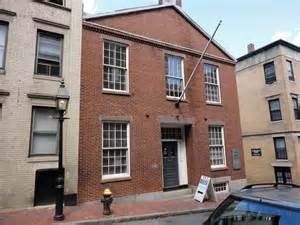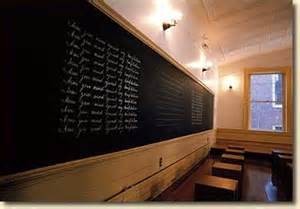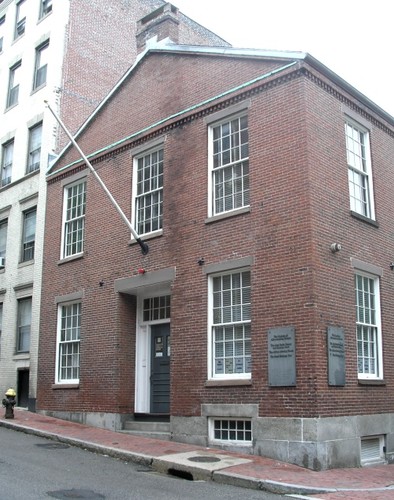Abiel Smith School (Boston Black Heritage Trail Site 9)
Introduction
Text-to-speech Audio
Images
The Abiel Smith school became the first public school for African American children in the United States.

An inside picture of the Abiel Smith School

Streetside view of Abiel Smith School

Backstory and Context
Text-to-speech Audio
In 1812, the Boston School Committee responded to years of petitions and agreed to provide partial funding for the school. Three years later a white businessman, Abiel Smith died and left $4000 in his will for the education of African American children in Boston. Initially, the interest from this donation was used to help fund the school, but later it was used to build the Abiel Smith School which opened in 1835. The school gave the opportunity of education to children who had been denied it for so long. Many saw this school as a beacon of hope for the Black children of Boston and applauded its construction.
Unfortunately, beginning around 1839 the Abiel Smith School became the center of controversy as an example of the inequality between white and Black schools. In 1849, the organization Nell's Equal School Association led a boycott movement to protest the poor conditions of the Abiel Smith School. Most of the African American community joined in and removed their children from the school. The boycott came on the heels of the 1848 Massachusetts State Supreme Court case Sarah Roberts v. Boston. Sarah’s father, Benjamin Roberts challenged the Boston School Committee’s policy of racial segregation. The court held that racial segregation was permitted under the Constitution. This unfortunate ruling was used as a precedent in many subsequent cases including Plessy vs. Ferguson.
In 1855, the Massachusetts state legislature passed a law which prohibited public schools from discriminating on the basis of race, sex or religious beliefs. The Abiel Smith School was closed the same year. After its closure, the school building was used to store school supplies and furniture until 1887 when it became the headquarters for African American Civil War veterans. Today the Smith school is an exhibit gallery, a museum store and is also the 13th site on the Black Heritage Trail in Boston.
Sources
Lascarides, V., Celia and Blythe F. Hinitz. History of Early Childhood Education, New York, NY: Routledge, 2000. Wilson, Susan, An Essential Guide to Historic Landmarks in and Around Boston, Boston: Beacon Press Books, 2003.
Grover, Kathryn. "Abiel Smith School." National Parks Service. August 22, 2017. Accessed September 28, 2018. https://www.nps.gov/boaf/learn/historyculture/abiel-smith-school.htm.
"Abiel Smith School Museum Of African American History." MAAH.org Museum of African American History, African Meeting House, 2018.
"National Trust for Historic Preservation: Return to Home Page." National Trust for Historic Preservation. Accessed February 14, 2017. https://savingplaces.org/places/african-meeting-house-boston#.XHeY21NKjBJ.
